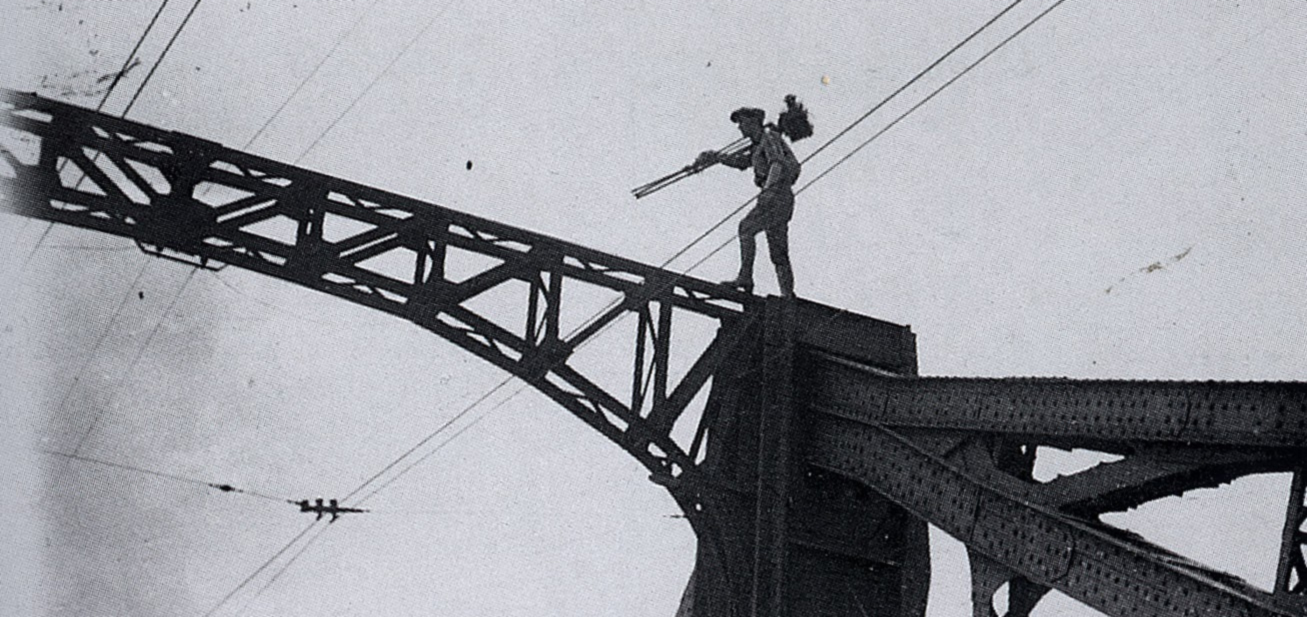Aside from its flagship print publication, the British Film Institute’s monthly journal Sight & Sound is best known among film fans for its wide-ranging polls of critics and filmmakers. Published once a decade, the S&S polls are used to generate a consensus-driven list of the greatest films in history, which functions both as a celebration of the masterworks to be found within the critical canon and a barometer of industry taste. The first list, in 1952, had de Sica’s Bicycle Thieves at the top spot, and contains several fascinating oddities: most comically, Robert Flaherty’s recently critically ravaged docufiction-slash-oil-advert Louisiana Story sits at number five. On the other hand, the 2012 update sees modern and postmodern masterpieces such as Béla Tarr’s Sátántangó, two Edward Yang films, and David Lynch’s Mulholland Drive nestled amongst established classics from silent Griffith to blockbuster Spielberg within the top hundred.
While we’ll have to wait until 2022 to gauge the extent to which this decade’s most heralded films can penetrate the all-time list, this month sees Sight and Sound release an interim list focused on one subgenre: the documentary. As S&S staffer Nick James points out in his introduction to the new list here, a critics’ list of the greatest documentaries of all time feels like a “‘why didn’t we think of that before’ moment.” A glut of successful films in the last few years that deal with fact over fiction (and, crucially, films which blur the contentious line between the two) seems to have rekindled interest in the documentary as a distinct art form – or as a canvas for stylistic and political experimentation. Indeed, the fifty-six films that make the new critics’ list include Werner Herzog’s Grizzly Man, Wang Bing’s West of the Tracks, and 2013 SFF alumnus The Act of Killing, among several other from the last decade.
The scope of S&S’ work on these projects is always impressive: even for this comparatively pocket-sized release, the BFI coffers have funded polling over two hundred critics, academics and curators, and a hundred documentary filmmakers. The most interesting thing about this update, however, is not necessarily the eclecticism of its contributors, but rather that of its entries. The critics’ list features films that vary in duration from sixty-odd seconds – Workers Leaving the Factory, the early Lumières one-shot considered the first documentary – to over nine hours. The years of production of the selected films spans literally the entire history of cinema, and nations whose cinematic history is represented include Armenia, Iran, Japan, Chile and Israel alongside the more familiar powerhouses. Less tangible, but arguably more significant, is the wide scope of approaches to filmmaking taken by directors whose work appears on the list. Flaherty’s classic ethnofiction Nanook of the North (#7) finds itself accompanied by Seasons, a lyrical, plotless half-hour meditation on nature and man by the largely forgotten Soviet Artavazd Peleshian (#47), while the freewheeling Bob Dylan tour doco Don’t Look Back (#9) sits alongside The Sorrow and the Pity, Marcel Öphuls’ controversial and penetrating study of French collaborationism (#11).
The separate list created by totalling polls by filmmakers themselves, including The Act of Killing director Joshua Oppenheimer, and other documentarians past and present from John Akomfrah to Amos Gitai, can be found here. A few minutes’ perusal throws up some interesting differences from the critics’ list, with the directors showing somewhat more appreciation for the less heralded works of renowned filmmakers than their academic counterparts, who tend to rank single magnum opuses higher. In the end, the top spot is the same, anyway: Dziga Vertov, a Soviet director whose pseudonym means ‘Spinning Top,’ directed the appropriately dizzying utopian-Communist city symphony Man with a Movie Camera in 1929, which almost ninety years later heads the list of the greatest documentaries ever made.
The Sight & Sound site is currently indexing only the print version of the lists, with pithy commentaries penned for each of the first ten films and only ranking information for the rest. However, it promises expanded information on each of the featured films from the 14th August, so keep checking back to ensure you know your Wang from your Wenders. Ultimately, while dissecting these types of lists’ inclusions and omissions can go on forever, a renewed popular interest in documentary art on the big screen is always something to be encouraged.
